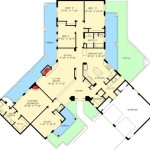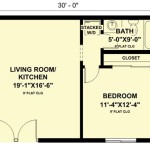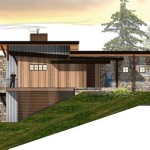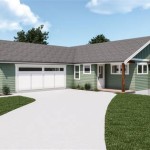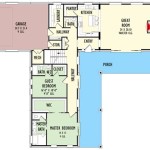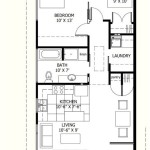Structural Insulated Panels Home Plans
Structural Insulated Panels (SIPs) are becoming increasingly popular in the construction industry due to their numerous advantages over traditional building methods. SIPs consist of a foam core sandwiched between two layers of oriented strand board (OSB) or other rigid materials. This unique construction creates a highly energy-efficient, strong, and durable building envelope.
SIPs offer several key benefits that make them an ideal choice for home plans. First, they provide exceptional thermal insulation. The foam core acts as a barrier to heat transfer, reducing energy consumption and lowering heating and cooling costs. Studies have shown that homes built with SIPs can achieve R-values of up to R-50, far exceeding the requirements of most building codes.
In addition to their thermal efficiency, SIPs also offer structural strength and durability. The OSB panels provide a strong and stable framework, while the foam core helps distribute loads evenly throughout the structure. SIPs are resistant to fire, rot, and moisture damage, ensuring the longevity of the home.
The use of SIPs also simplifies the construction process. The panels are prefabricated off-site and can be easily assembled on-site, reducing construction time and labor costs. This streamlined process allows for faster project completion and a more predictable budget.
Furthermore, SIPs promote sustainability. The foam core is typically made from recycled materials, and the OSB is harvested from sustainably managed forests. The energy efficiency of SIP homes also reduces greenhouse gas emissions, contributing to a greener environment.
When designing a home plan with SIPs, several considerations should be made. First, the overall size and shape of the home will determine the number and dimensions of SIPs required. The type of foam core, such as expanded polystyrene (EPS) or polyurethane (PUR), will also affect the thermal performance of the home.
Additionally, the exterior and interior finishes of the home should be carefully planned. SIPs can be finished with a variety of materials, including siding, stucco, or brick. The interior walls can be drywall, paneling, or other materials that complement the overall design.
By carefully considering the design elements and following proper installation techniques, home builders can create beautiful, energy-efficient, and durable homes using SIPs. The numerous advantages of SIPs make them an excellent choice for both residential and commercial construction projects.

Building With Sips Houseplans Blog Com

Structural Insulated Panels

Home Star Energy Llc

Structural Insulated Panels Sips Building America Solution Center

Sip House Plans Floor Designs Houseplans Com

Structural Insulated Panels Sips Building America Solution Center
Getting Sip Framing Right Jlc

Structural Insulated Panels Sips Building America Solution Center

Sips House Self Build Panel Kits Best Garden Rooms Plans

45 Homes Sips Panel Ideas Panels Structural Insulated Building A House

